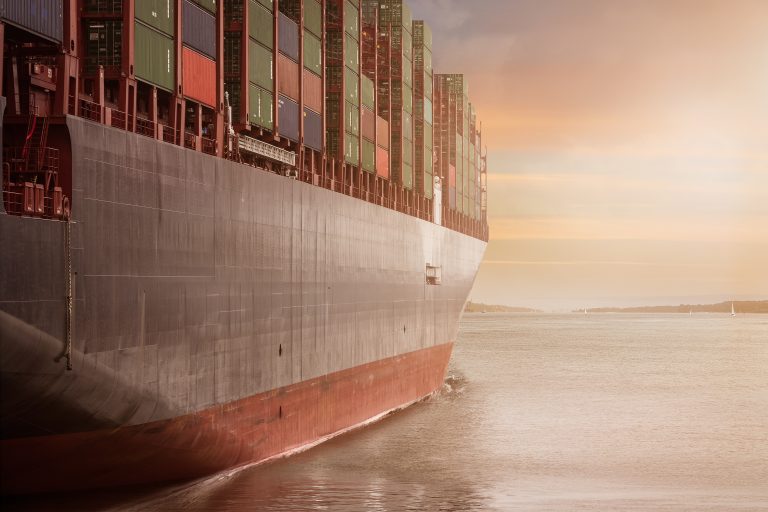What is Ocean Freight Shipping?
According to the United Nations Conference on Trade and Development, about 80% of the goods for international trade are carried by sea. Our oceans are currently filled with hundreds of ships moving millions of shipping containers around the world. With that volume of goods, ocean freight shipping takes careful logistical planning and hard work.
So what exactly is ocean freight shipping, and how does it work? Here is what you need to know!
Ocean Freight Shipping Explained
Ocean freight shipping is the process of transporting large quantities of goods across the sea.
Products, packages, and goods are packed into large, metal containers and loaded onto massive ships. These ships then sail and dock in ports around the world to move the various packed containers from Point A to Point B and beyond.

Types of Cargo Shipped Through the Oceans
It is best to use ocean freight shipping when a shipment weighs more than 100 kilograms or 220 pounds. It is also beneficial if goods are being shipped in bulk. Most items and packages can be shipped as ocean freight. This even includes refrigerated or frozen items.
However, there are some restrictions on ocean freight. Dangerous goods like flammable liquids and solids, explosives, and matches must be shipped under specific guidelines. These guidelines ensure the safe transfer of potentially dangerous items.
Ocean Shipping Carriers
There are currently several international carriers that offer ocean shipping. Some of the major carriers include:
- Maersk Line
- CMA CGM
- Hapag Lloyd
- Evergreen Marine
- China Shipping
- COSCO
In general, these are the largest and most active providers for ocean shipping.
How Long Does Ocean Freight Shipping Take?
There are multiple variables that determine how long transit will take with this method of shipping. Ocean freight is not like door-to-door shipping. There are several steps for processing that a shipment goes through before it is loaded onto a ship and additional steps after it reaches its destination.
The location of a shipment affects the time shipping takes as well. On average, a business should add a week’s worth of time on each end of the process. This is not counting the time that a shipment spends on the water.
There can also be delays with international shipping when goods are held up at customs or if they are missing proper documentation upon arrival.
Factors in Ocean Freight Shipping Rates
Oftentimes, ocean freight shipping is the cheapest option for shipments that weigh more than 200 kilograms or 440 pounds. But calculating the overall cost of shipping for this method can be difficult.
There are four factors that contribute to the cost of ocean freight shipping rates, which include:
#1 Fuel
This is the largest factor in shipping costs. As prices for oil change, the prices for ocean freight shipping will follow. Typically, cheaper oil prices result in cheaper ocean shipping rates.
#2 Currency Exchange Rates
Another significant factor is currency exchange rates. The U.S. dollar is the most commonly used currency in international transactions, but with daily changes in money markets, the rates for ocean shipping can change.
#3 Capacity
Shipping via ocean freight can be in high demand. Lower capacity on ships from high demand can make shipping rates higher on occasion.
#4 Season
The seasonal demand for certain goods at certain times of the year can also have an effect on ocean shipping rates. When demand increases for a season, rates will also increase.
Using Ocean Freight Shipping
Ocean freight shipping is a cost-effective solution for importing and exporting bulk goods internationally. Many international ocean freight companies can offer reliable and affordable ocean freight shipping services for businesses.
For more information on ocean freight shipping and other logistics solutions, contact the experienced team at R2 Logistics today!
